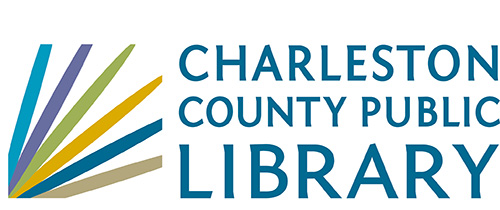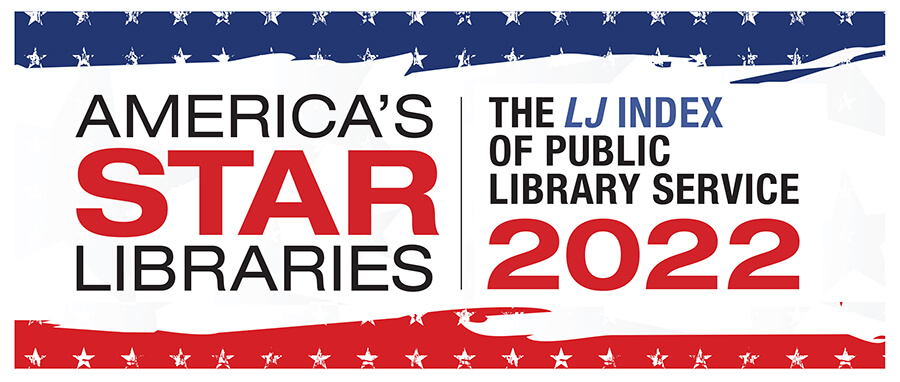Menu
×
Main Library
9 a.m. - 6 p.m.
Phone: (843) 805-6930
West Ashley Library
9 a.m. - 4 p.m.
Phone: (843) 766-6635
Wando Mount Pleasant Library
9 a.m. - 6 p.m.
Phone: (843) 805-6888
McClellanville Library
9 a.m. - 1 p.m.
Phone: (843) 887-3699
Folly Beach Library
9 a.m. - 1 p.m.
Phone: (843) 588-2001
Miss Jane's Building (Edisto Library Temporary Location)
9 a.m. – 3 p.m.
Phone: (843) 869-2355
John L. Dart Library
9 a.m. - 6 p.m.
Phone: (843) 722-7550
St. Paul's/Hollywood Library
9 a.m. - 5 p.m.
Phone: (843) 889-3300
Mt. Pleasant Library
9 a.m. – 6 p.m.
Phone: (843) 849-6161
Dorchester Road Library
9 a.m. - 6 p.m.
Phone: (843) 552-6466
Edgar Allan Poe/Sullivan's Island Library
9 a.m. - 6 p.m.
Phone: (843) 883-3914
John's Island Library
9 a.m. - 6 p.m.
Phone: (843) 559-1945
Otranto Road Library
9 a.m. - 6 p.m.
Phone: (843) 572-4094
Hurd/St. Andrews Library
9 a.m. - 6 p.m.
Phone: (843) 766-2546
Baxter-Patrick James Island
9 a.m. - 6 p.m.
Phone: (843) 795-6679
Bees Ferry West Ashley Library
9 a.m. - 6 p.m.
Phone: (843) 805-6892
Village Library
9 a.m. - 6 p.m.
Phone: (843) 884-9741
Keith Summey North Charleston Library
9 a.m. – 6 p.m.
Phone: (843) 744-2489
Mobile Library
9 a.m. - 5 p.m.
Phone: (843) 805-6909
Today's Hours
Main Library
9 a.m. - 6 p.m.
Phone: (843) 805-6930
West Ashley Library
9 a.m. - 4 p.m.
Phone: (843) 766-6635
Wando Mount Pleasant Library
9 a.m. - 6 p.m.
Phone: (843) 805-6888
McClellanville Library
9 a.m. - 1 p.m.
Phone: (843) 887-3699
Folly Beach Library
9 a.m. - 1 p.m.
Phone: (843) 588-2001
Miss Jane's Building (Edisto Library Temporary Location)
9 a.m. – 3 p.m.
Phone: (843) 869-2355
John L. Dart Library
9 a.m. - 6 p.m.
Phone: (843) 722-7550
St. Paul's/Hollywood Library
9 a.m. - 5 p.m.
Phone: (843) 889-3300
Mt. Pleasant Library
9 a.m. – 6 p.m.
Phone: (843) 849-6161
Dorchester Road Library
9 a.m. - 6 p.m.
Phone: (843) 552-6466
Edgar Allan Poe/Sullivan's Island Library
9 a.m. - 6 p.m.
Phone: (843) 883-3914
John's Island Library
9 a.m. - 6 p.m.
Phone: (843) 559-1945
Otranto Road Library
9 a.m. - 6 p.m.
Phone: (843) 572-4094
Hurd/St. Andrews Library
9 a.m. - 6 p.m.
Phone: (843) 766-2546
Baxter-Patrick James Island
9 a.m. - 6 p.m.
Phone: (843) 795-6679
Bees Ferry West Ashley Library
9 a.m. - 6 p.m.
Phone: (843) 805-6892
Village Library
9 a.m. - 6 p.m.
Phone: (843) 884-9741
Keith Summey North Charleston Library
9 a.m. – 6 p.m.
Phone: (843) 744-2489
Mobile Library
9 a.m. - 5 p.m.
Phone: (843) 805-6909
Patron Login
menu
Item request has been placed!
×
Item request cannot be made.
×
 Processing Request
Processing Request
A Nominal Group Technique to finalise Safewards Secure model and interventions for forensic mental health services.
Item request has been placed!
×
Item request cannot be made.
×
 Processing Request
Processing Request
- Author(s): Maguire, Tessa1,2 ; Harrison, Maicee1; Ryan, Jo2; Lang, Ryan2; McKenna, Brian1,3
- Source:
Journal of Psychiatric & Mental Health Nursing (John Wiley & Sons, Inc.). Aug2024, Vol. 31 Issue 4, p543-559. 17p.- Subject Terms:
*PREVENTION of violence in the workplace; *CONSENSUS (Social sciences); *NURSES; *FORENSIC nursing; *BEHAVIOR disorders; *MENTAL health services; *PATIENT safety; *HUMAN services programs; *MEDICAL personnel; *INTERPROFESSIONAL relations; *VIOLENCE against medical personnel; *FORENSIC psychiatry; *RESTRAINT of patients; *WORK experience (Employment); *REFLECTION (Philosophy); *JUDGMENT sampling; *THEMATIC analysis; *PSYCHIATRIC nurses; *EXPERIENCE; *MATHEMATICAL models; *PATIENT-professional relations; *PSYCHIATRIC hospitals; *THEORY; *EXPERTISE; *PSYCHIATRIC nursing; *INDUSTRIAL safety; *GROUP process - Source:
- Additional Information
- Abstract: Accessible Summary: What is known on the subject?: Safewards was developed for acute mental health units, and while could be effective in forensic mental health services, there are some gaps in the model for such services, where factors including offending behaviour and longer term care can have an influence. What this paper adds to existing knowledge?: The importance of acknowledging and addressing responses related to offending behaviour in forensic mental health settings, while also understanding the vulnerability of the consumer group and responsibilities to the maintenance of professional boundaries.Enhancing collaboration with consumers/families/carers/supporters is important in a forensic mental health setting, and an important element of Safewards Secure. What are the implications for practice?: This study completes the development of Safewards Secure, designed to foster collaboration, address issues pertinent to forensic mental health settings to enhance implementation and acceptance of the model and reduce conflict and containment. Introduction: Safewards is a model developed for acute mental health settings designed to reduce conflict and containment; however, it requires adaptation to forensic mental health settings. Aim: To develop the Safewards Secure model, a model to assist forensic mental health services to reduce conflict and containment. Method: A literature review was conducted to elicit possible modifiers and adjustments to the interventions. A Nominal Group Technique was then used to engage forensic mental health experts who had experience implementing Safewards (n = 12) to seek feedback about the suggestions and reach consensus on the Safewards Secure model and interventions. Data were thematically analysed. Results: Experts reached consensus on all suggestions, however, did recommend minor additions and modifications. Two themes were also interpreted: Safewards Secure is just as much for staff as it is for consumers, and the proposed additions encourage more meaningful staff to consumer collaboration. Discussion: This study identified key challenges experienced by nurses working in forensic mental health settings, however, these challenges were not seen as insurmountable. The Safewards Secure model offers prompts and suggestions to encourage reflection, collaboration and a humanistic approach to care in forensic mental health settings. Implications for Practice: Addressing reactions to offending behaviour and encouraging more collaboration might assist in ensuring a more person‐centred approach to forensic mental health nursing care. [ABSTRACT FROM AUTHOR]
- Abstract: Copyright of Journal of Psychiatric & Mental Health Nursing (John Wiley & Sons, Inc.) is the property of John Wiley & Sons, Inc. and its content may not be copied or emailed to multiple sites or posted to a listserv without the copyright holder's express written permission. However, users may print, download, or email articles for individual use. This abstract may be abridged. No warranty is given about the accuracy of the copy. Users should refer to the original published version of the material for the full abstract. (Copyright applies to all Abstracts.)
- Abstract:
Contact CCPL
Copyright 2022 Charleston County Public Library Powered By EBSCO Stacks 3.3.0 [350.3] | Staff Login


No Comments.